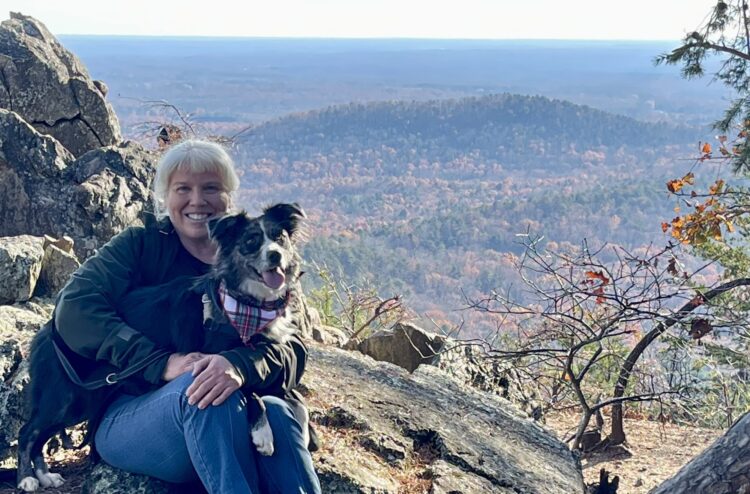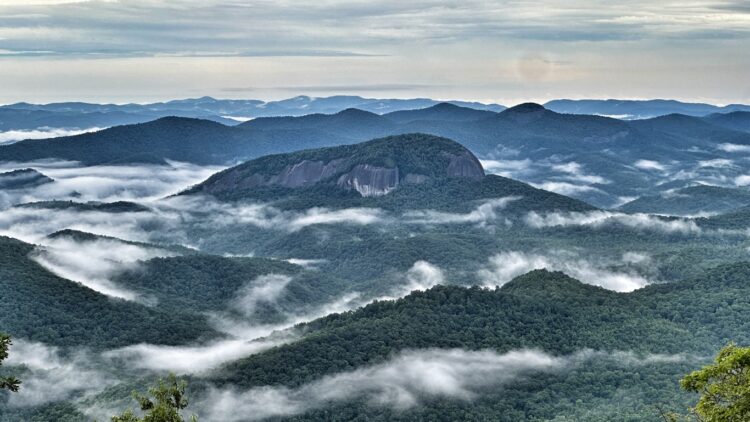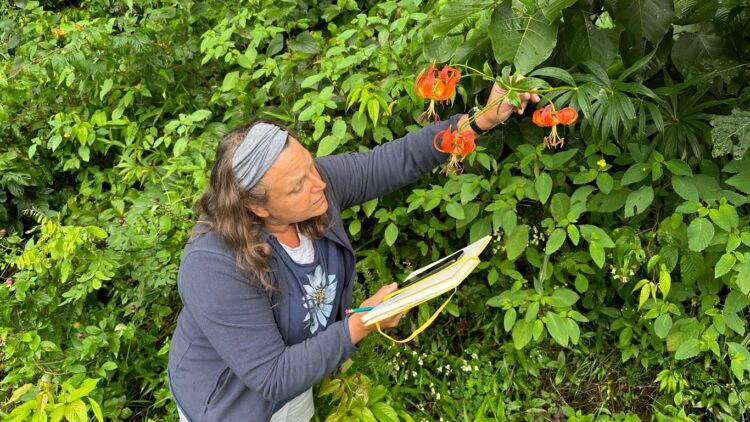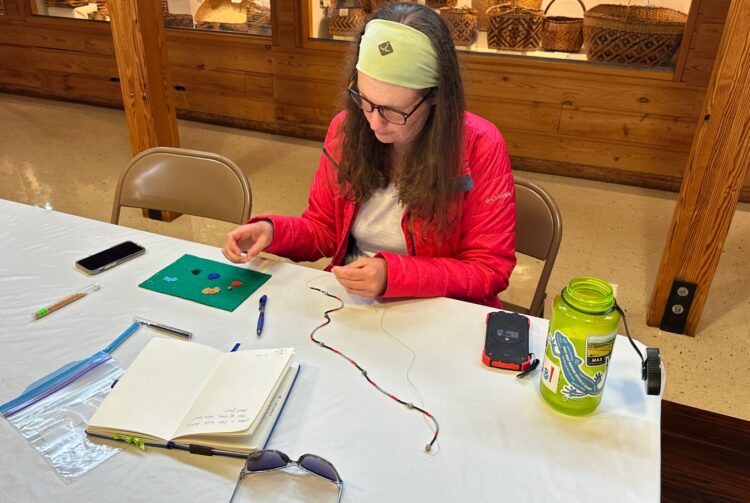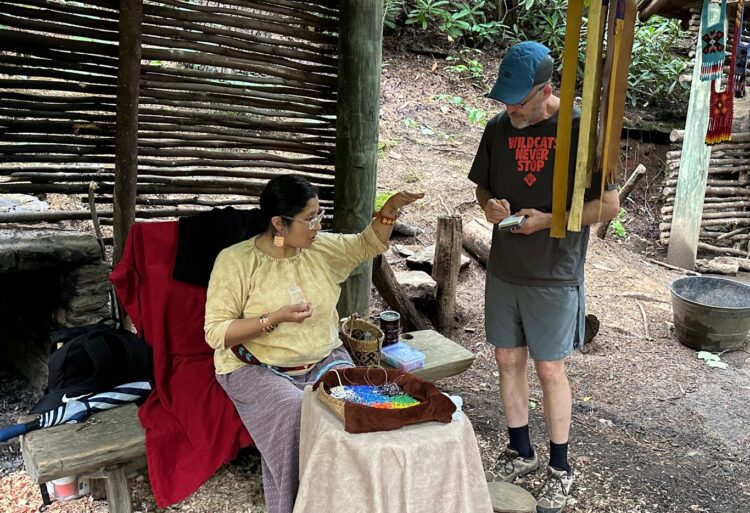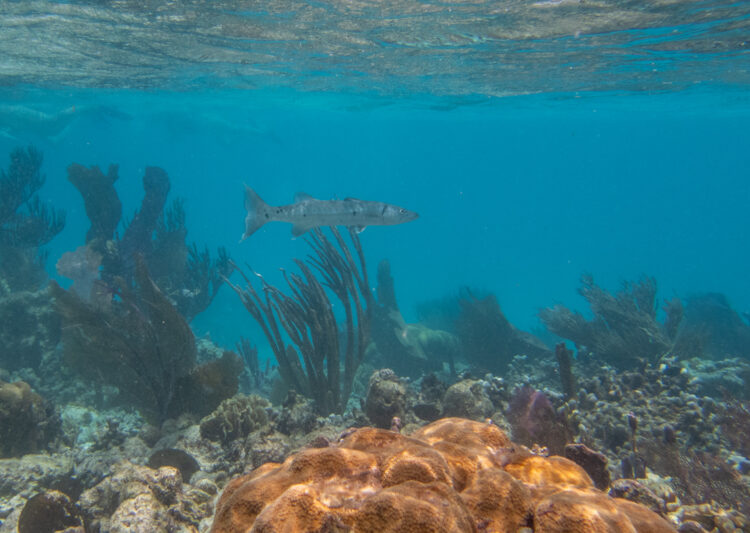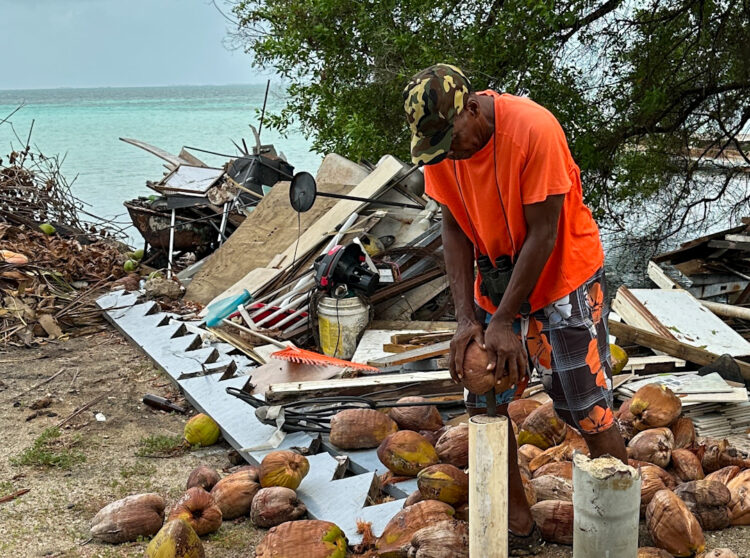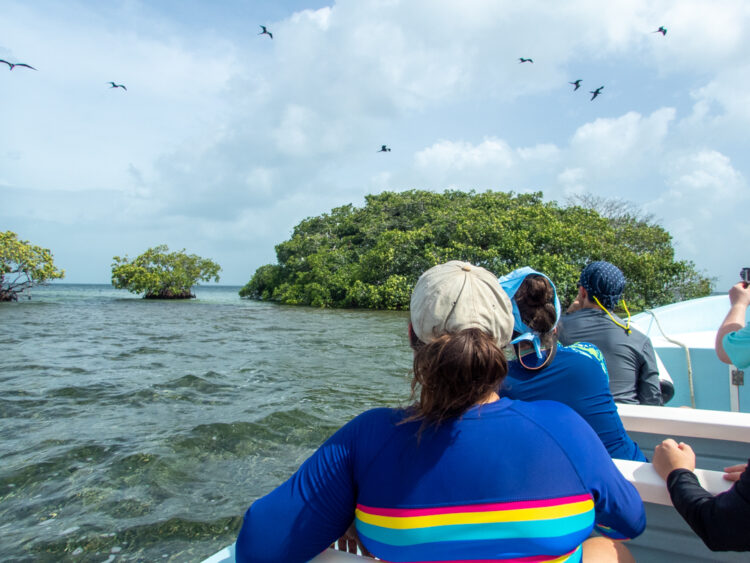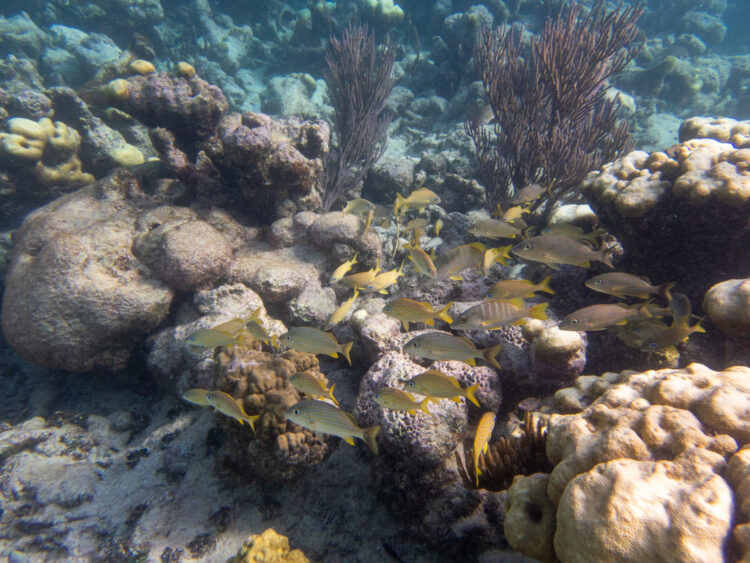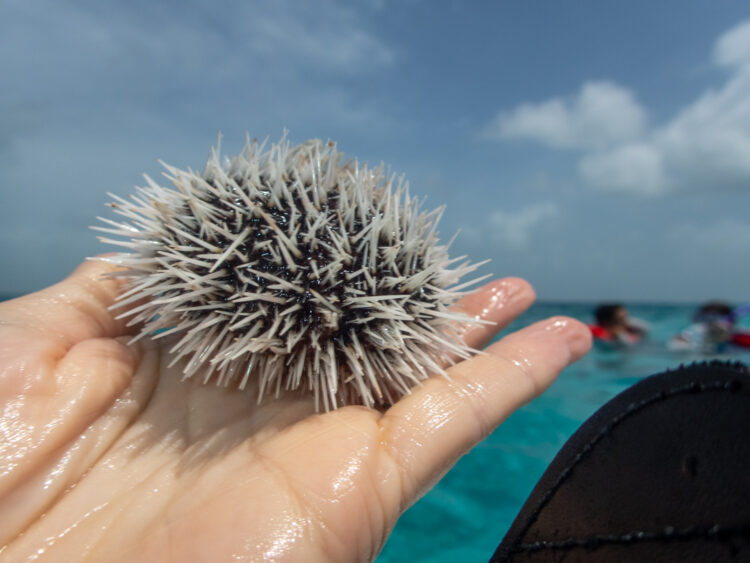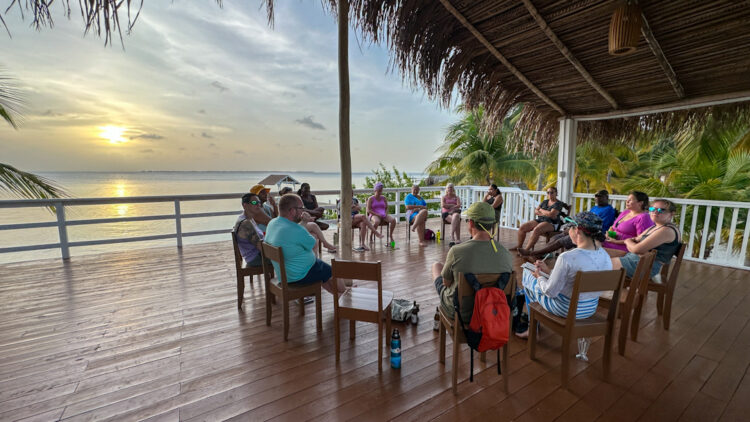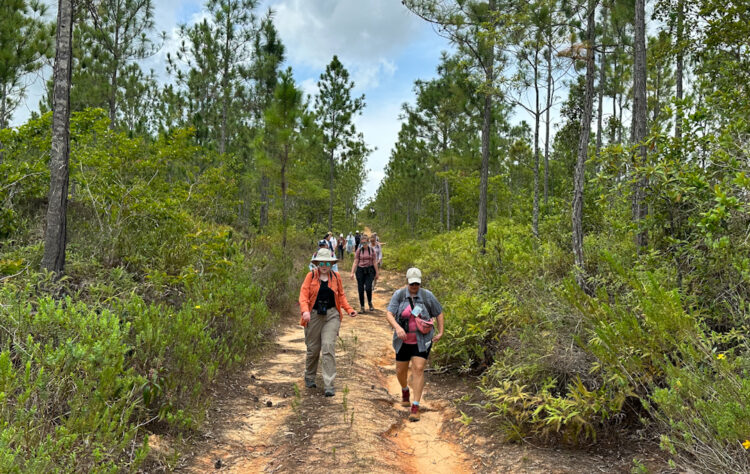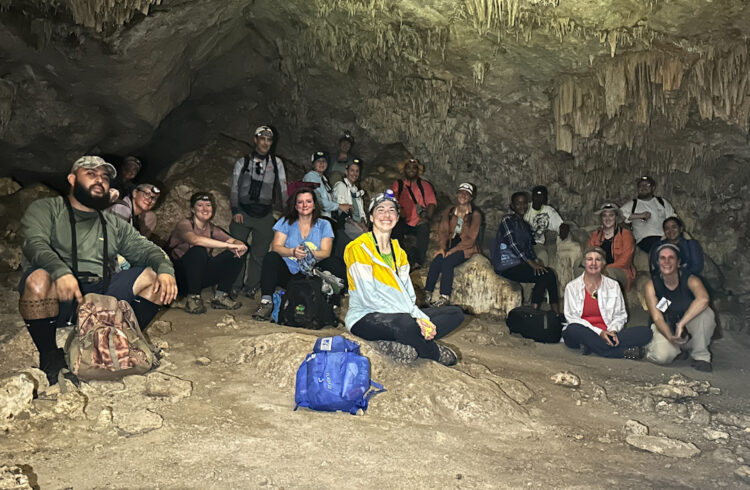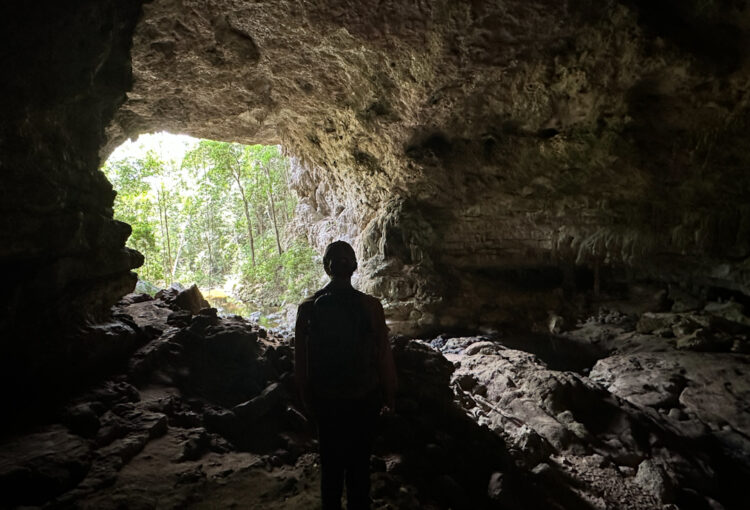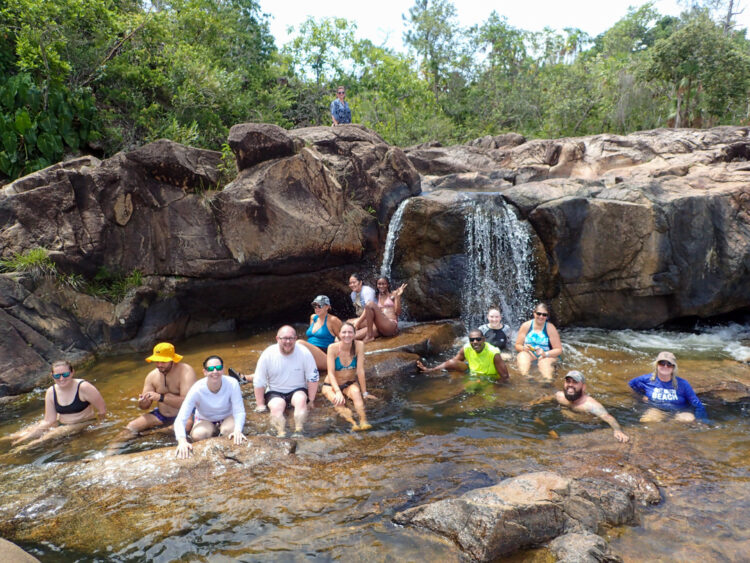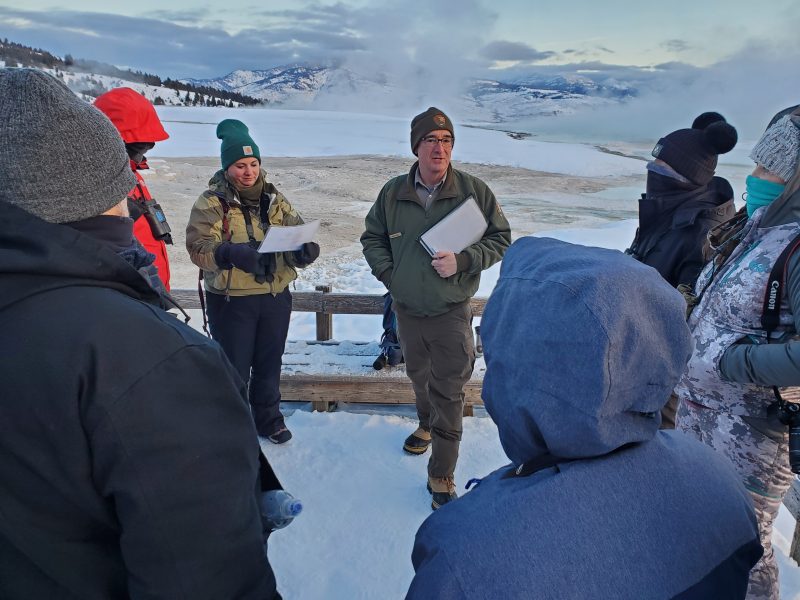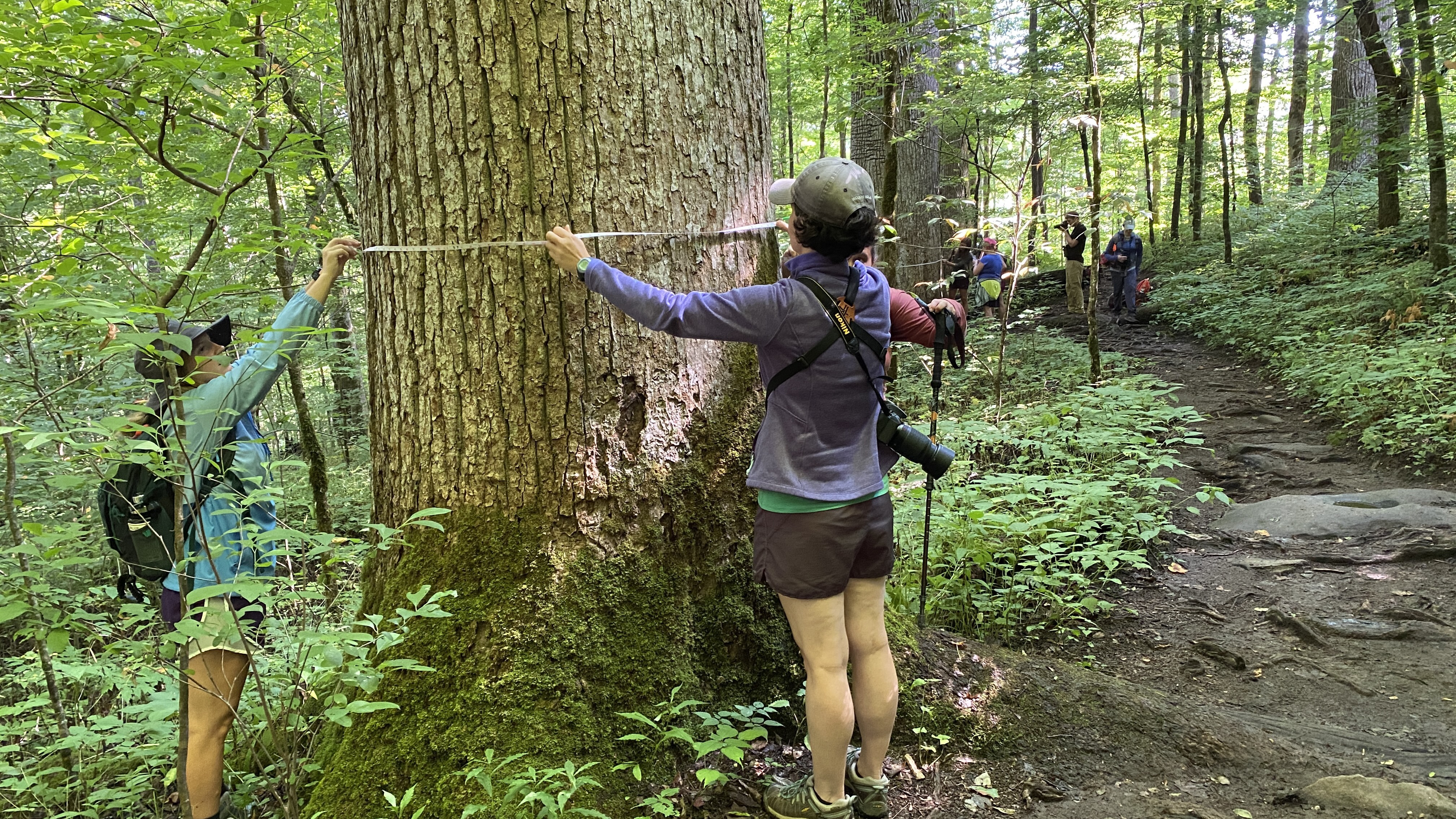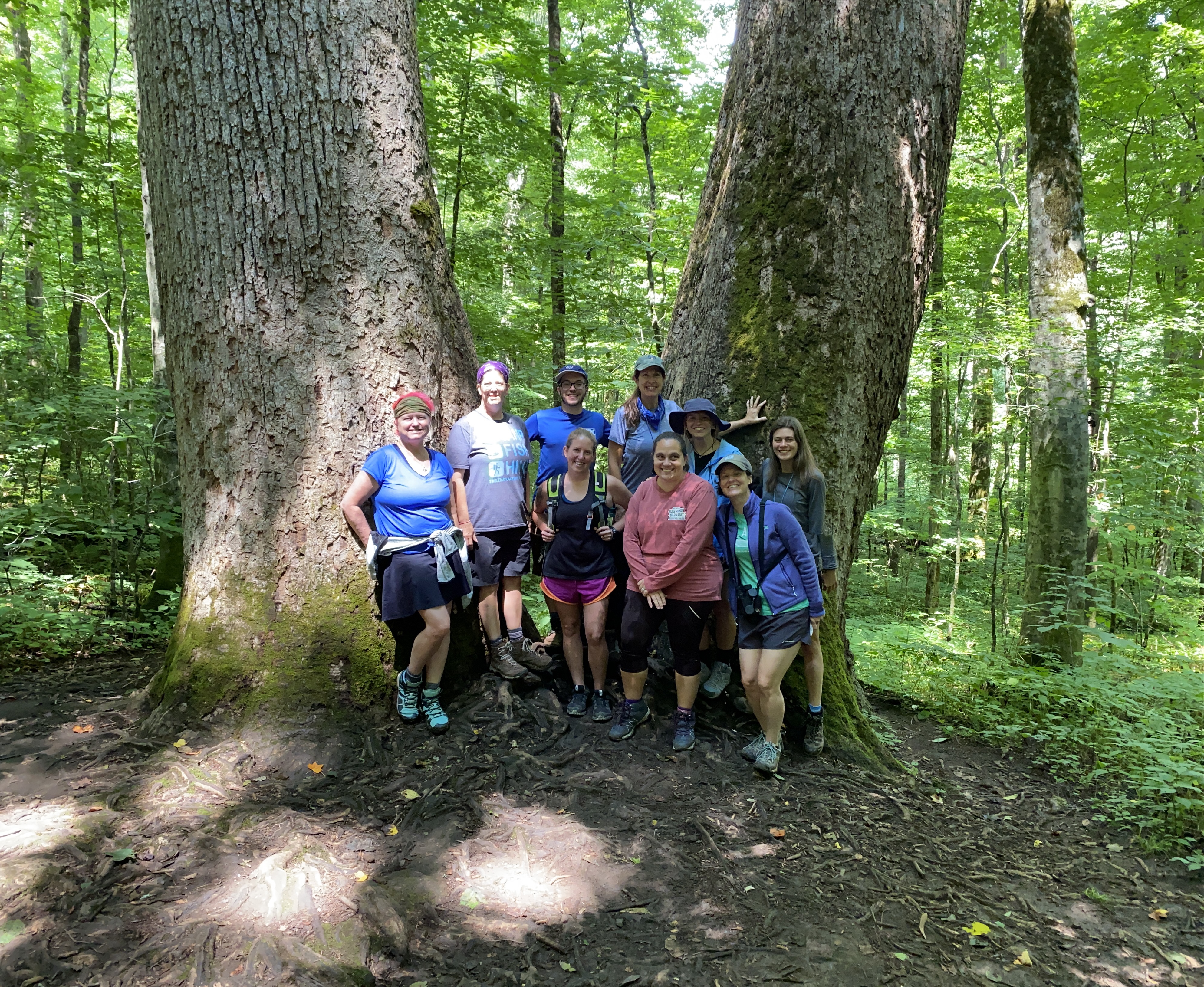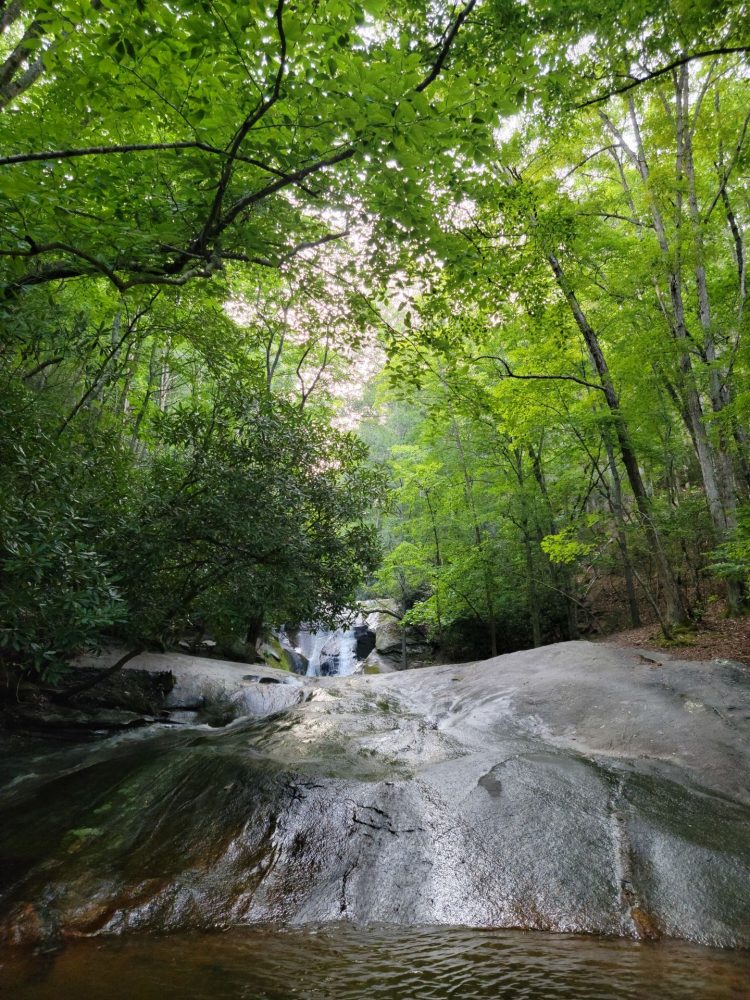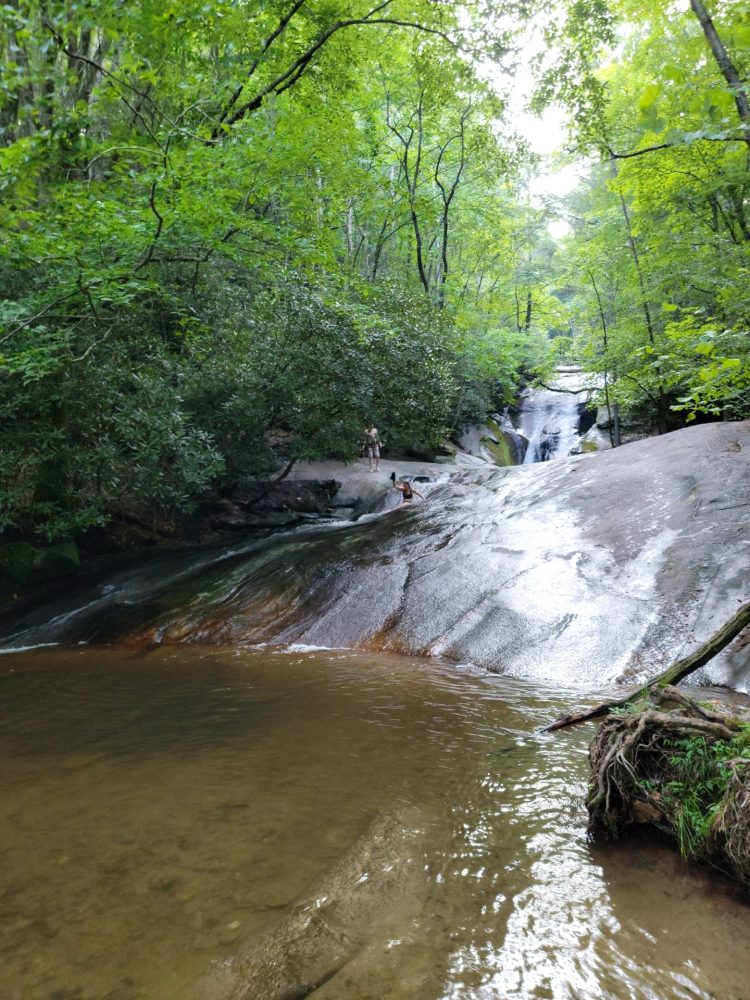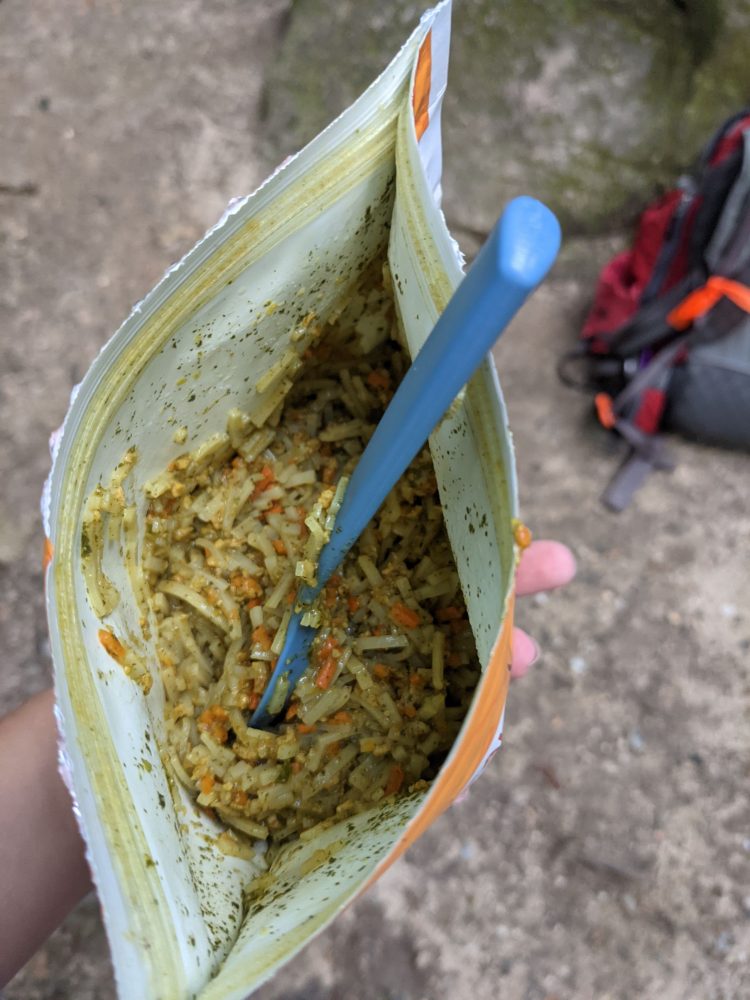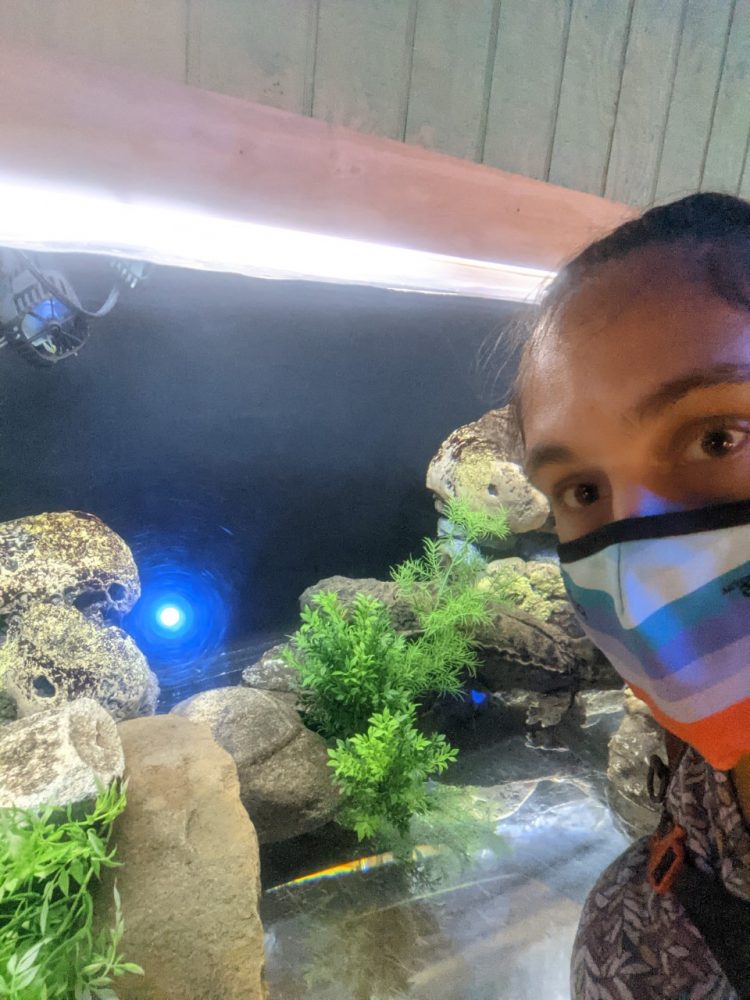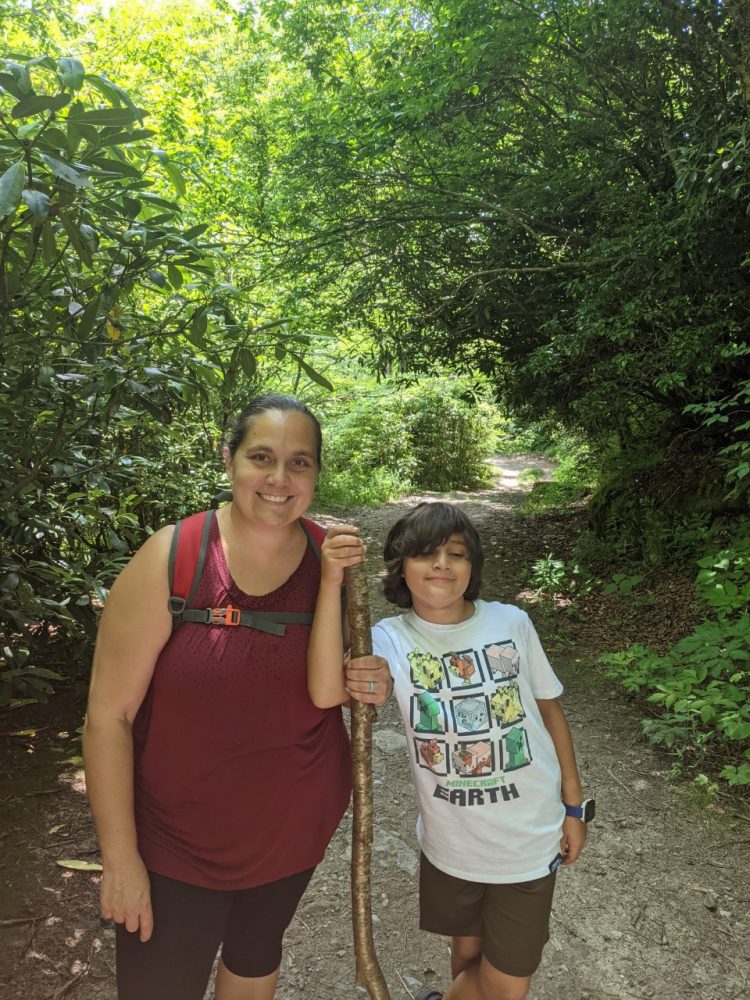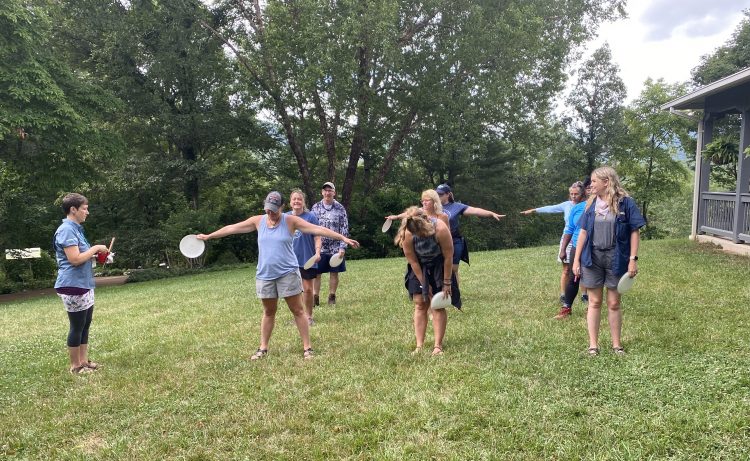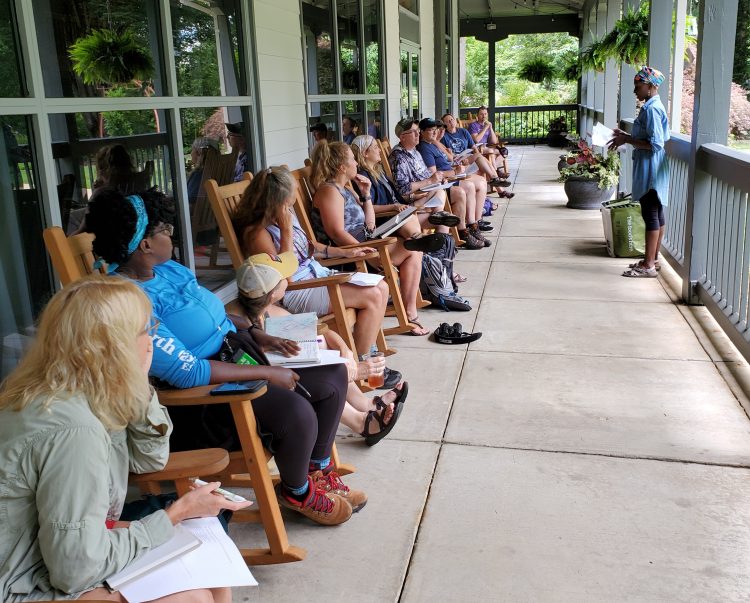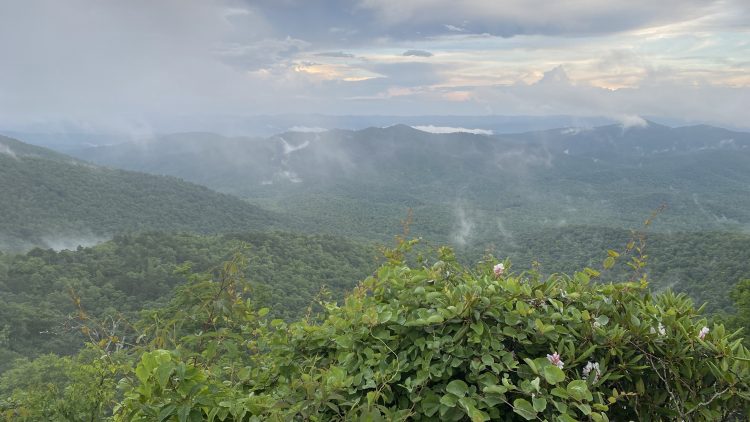“Safari Dreams”
July 12, 2025 - 0 Comments
Anticipation is mounting for our 12 educators heading to South Africa next week. Here are just a few of the ways our teachers are preparing for the journey!
Stephanie: I get more excited, nervous, and anxious each day! The 16-hr plane ride is very daunting, but I know the reward will be worth it. I’ve been scouting ideas for how to stay occupied on the plane (time blocking being the most intriguing so far), and my pile of things to pack has gradually grown since our orientation in April. Once we’re there, I plan to bask in the escape from the NC summer heat! More videos from Kruger have been popping up on my social media, and I feel giddy every time and think Only 32 more days! Only 27 more days!

Pam: Been mentally prepping for South Africa since the “Congrats” email. I’ve been praying daily, walking (not every day), and planning like Dora the Explorer with a checklist. Overpacking…. I hope not, but Mom and Sis are working their magic to stop me! Bless their hearts! Grateful for all the love, support, and hype from everyone!
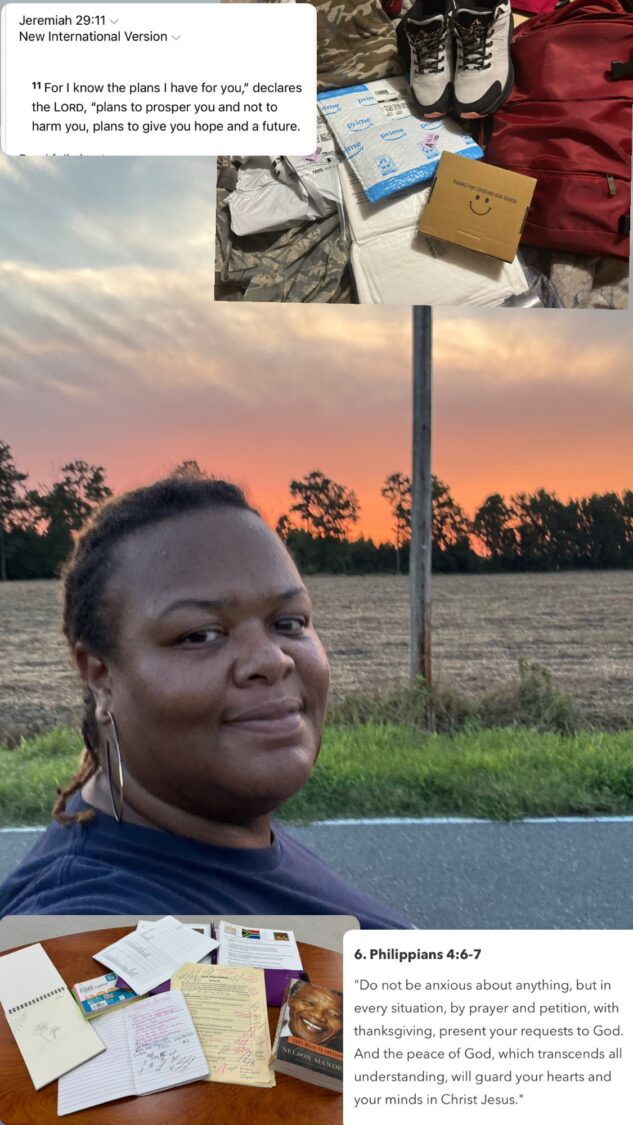
Shelley: I have been busy getting together last minute items and organizing my packing cubes. I also had my students research our flight to Johannesburg. We started classes on June 30th. I am working the first 2 weeks. This will be my group for the blog. According to my 6th graders and I am sure AI, I am happy to report the route is usually on time and often has empty seats in economy to balance the weight. Great circle distance or crow flies is 8,430 miles but flights are usually 8,500-8,600 miles. We will fly around 36,000 feet and cross the equator about 7 hours into our flight somewhere over the Atlantic. They thought that was pretty cool. We will still be over Africa, probably the Congo when we cross the equator on our return from Cape Town.
Emily: I am prepping for this amazing journey by taking daily walks with my 2 dogs, River & Birdie. My daughter gave me the trail name “Beans,” because I’ve been filling my pack with various cans of beans and vegetables to help build endurance as I am walking. I have also been listening to podcasts about the history of South Africa. After finishing our assigned reading, I am now able to better understand the facts given through these podcasts about people, places, and events. I can’t wait to see it in person and discover ways for my students to learn through my experiences. Counting down the days and steadily adding cans to my pack.

Shannon: Started Typhoid Fever oral vaccination this week (4 doses). I love fresh fruit and veggies and don’t want to miss a day. Malaria pills start 2 days before we leave.
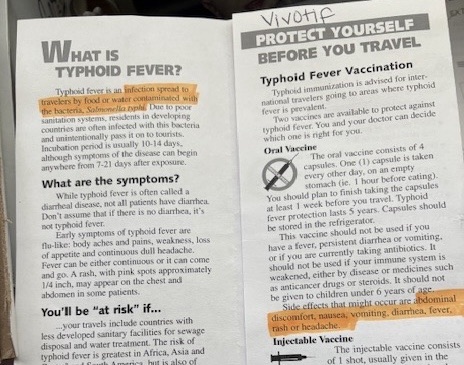
Christine: To prepare for this once-in-a-lifetime opportunity, I’ve been making many visits to REI, stocking up on gear, especially all things down, since we’ll be in South Africa during their winter. I’m slowly but surely checking off my packing list for the incredible safaris and unforgettable experiences that lie ahead.
On the educational side, I’ve been completely captivated by Nelson Mandela’s A Long Walk to Freedom; a powerful 27-hour audiobook that I highly recommend. I’m also becoming an expert about the fynbos biome and its rich biodiversity that is unique to South Africa.
To stay physically ready for this adventure, I continue to hike with my husband and our two teenage sons, play USTA tennis a few times a week, and train at Burn Boot Camp several days a week.
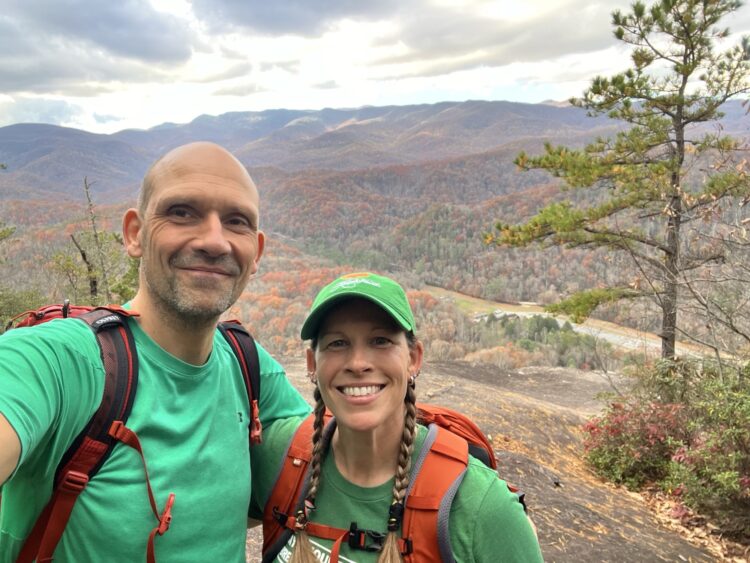
Flavia: In preparation for my South African adventure I created an interactive display outside my classroom. The students and community gave me input on what they wanted me to learn about, if they wanted to go to South Africa and why, and what would be the coolest animal for me to see.
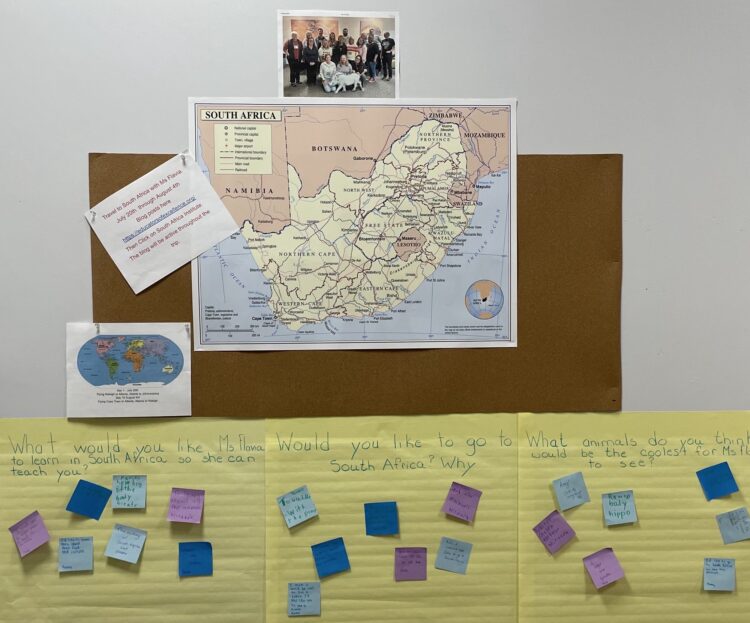
Amy: Anticipation is more than I can take. I have spent the last few months making sure I have tech to see in the dark, video and photograph as much of this experience as I can. I don’t want to forget a single second. I listened to the Audible version of my homework… LONG WALK TO FREEDOM – what an incredible journey that was! Brushing up on my fauna for the areas we will be visiting has been fun. But most importantly I have been working on my endurance for this 9+ mile hike we will be taking in the Drakensberg Mountains. Climbing 2 flights of stairs a dozen of times a day and taking Freyja on long hikes in our nearby Foothills of the Appalachian mountains. It’s kicking my butt, but I am loving it. I CAN’T WAIT!!!
